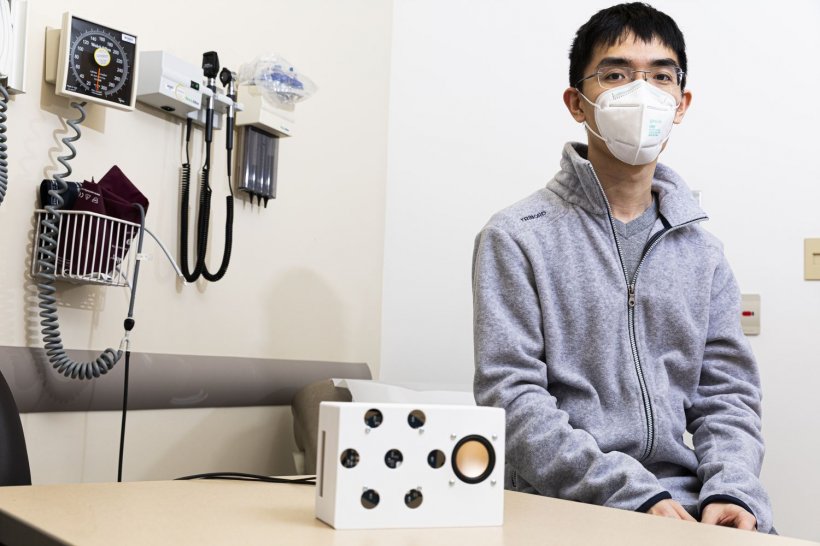Researchers have used smart speakers to measure the individual heartbeats of people in the same room without the need for any physical contact.
A team from the University of Washington found that by sending inaudible sounds from the speaker out into a room, heartbeats can be measured based on the way the sounds are reflected back to the speaker.
As the heartbeat is such a tiny motion on the chest surface, machine learning was used to help the smart speaker locate signals from both regular and irregular heartbeats.
When the system was tested on healthy participants and hospitalised cardiac patients, the smart speaker detected heartbeats that closely matched the beats detected by standard heartbeat monitors.
“Regular heartbeats are easy enough to detect even if the signal is small, because you can look for a periodic pattern in the data,” said co-senior author Shyam Gollakota.
“Irregular heartbeats are really challenging because there is no such pattern. I wasn’t sure that it would be possible to detect them, so I was pleasantly surprised that our algorithms could identify irregular heartbeats during tests with cardiac patients.”
While many people are familiar with the concept of a heart rate, doctors are more interested in the assessment of heart rhythm. Heart rate is the average of heartbeats over time, whereas a heart rhythm describes the pattern of heartbeats.
For example, if a person has a heart rate of 60 beats per minute, they could have a regular heart rhythm – one beat every second – or an irregular heart rhythm, with beats randomly scattered across that minute but still averaging out to 60 beats per minute.
“Heart rhythm disorders are actually more common than some other well-known heart conditions. Cardiac arrhythmias can cause major morbidities such as strokes, but can be highly unpredictable in occurrence and thus difficult to diagnose,” said researcher Dr. Arun Sridhar.
“Availability of a low-cost test that can be performed frequently and at the convenience of home can be a game-changer for certain patients in terms of early diagnosis and management.”
The key to assessing heart rhythm lies in identifying the individual heartbeats. For this system, the search for heartbeats begins when a person sits within one or two feet of the smart speaker.
The system then plays an inaudible continuous sound, which bounces off the person and returns to the speaker. Based on how the returned sound has changed the system can isolate movements on the person, including the rise and fall of their chest as they breathe.
This algorithm combines signals from all of the smart speaker’s multiple microphones to identify the elusive heartbeat signal while isolating it from other factors such as the person’s breathing.
“This is similar to how Alexa can always find my voice even if I’m playing a video or if there are multiple people talking in the room,” Gollakota said. “When I say, ‘Hey, Alexa,’ the microphones are working together to find me in the room and listen to what I say next. That’s basically what’s happening here, but with the heartbeat.”
Currently the system is set up for spot checks: if a person is concerned about their heart rhythm, they can sit in front of a smart speaker to get a reading.
The research team hopes that future versions could continuously monitor heartbeats while people are asleep, something that could help doctors diagnose conditions such as sleep apnea.
This article has been published from the source link without modifications to the text. Only the headline has been changed.













